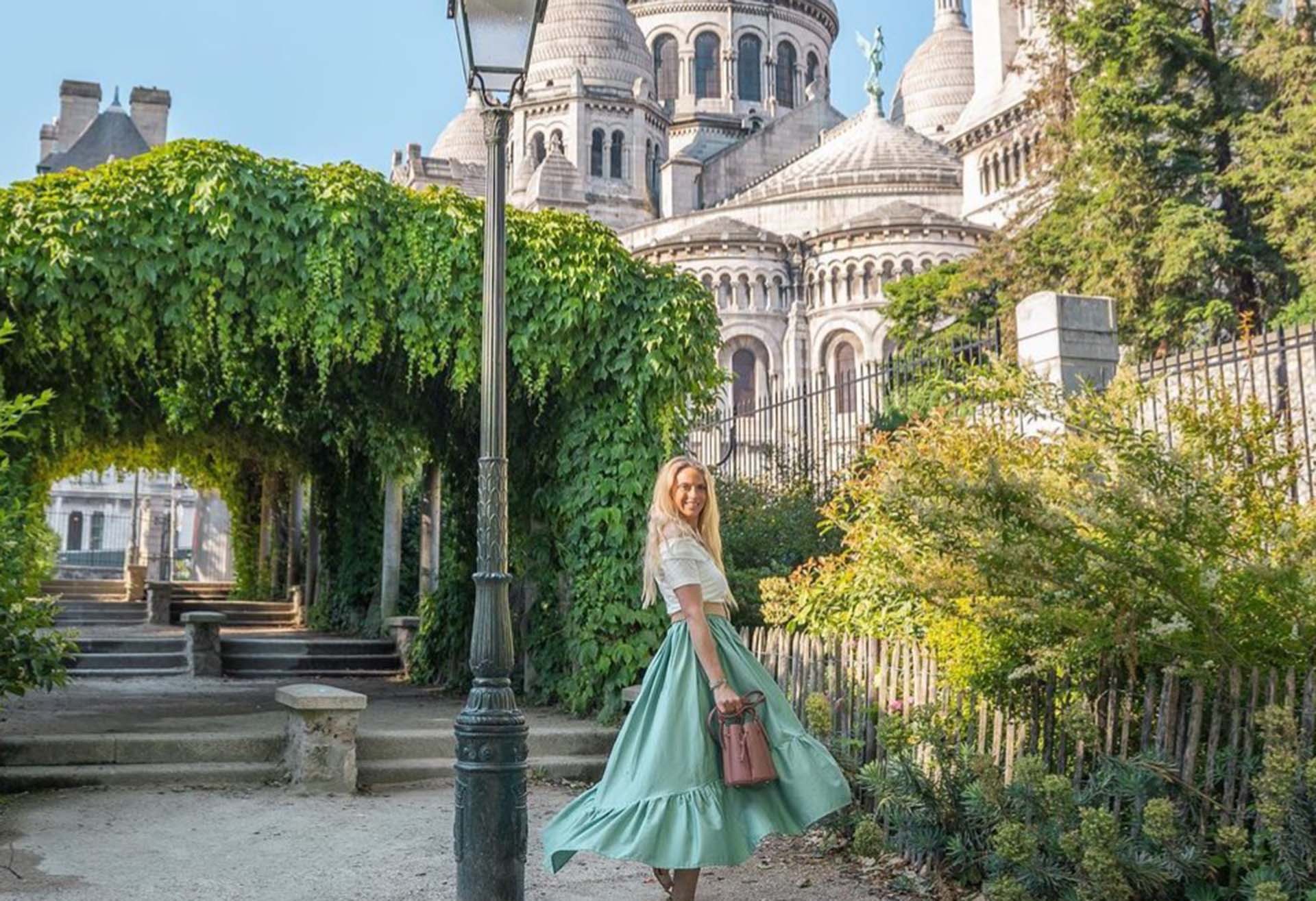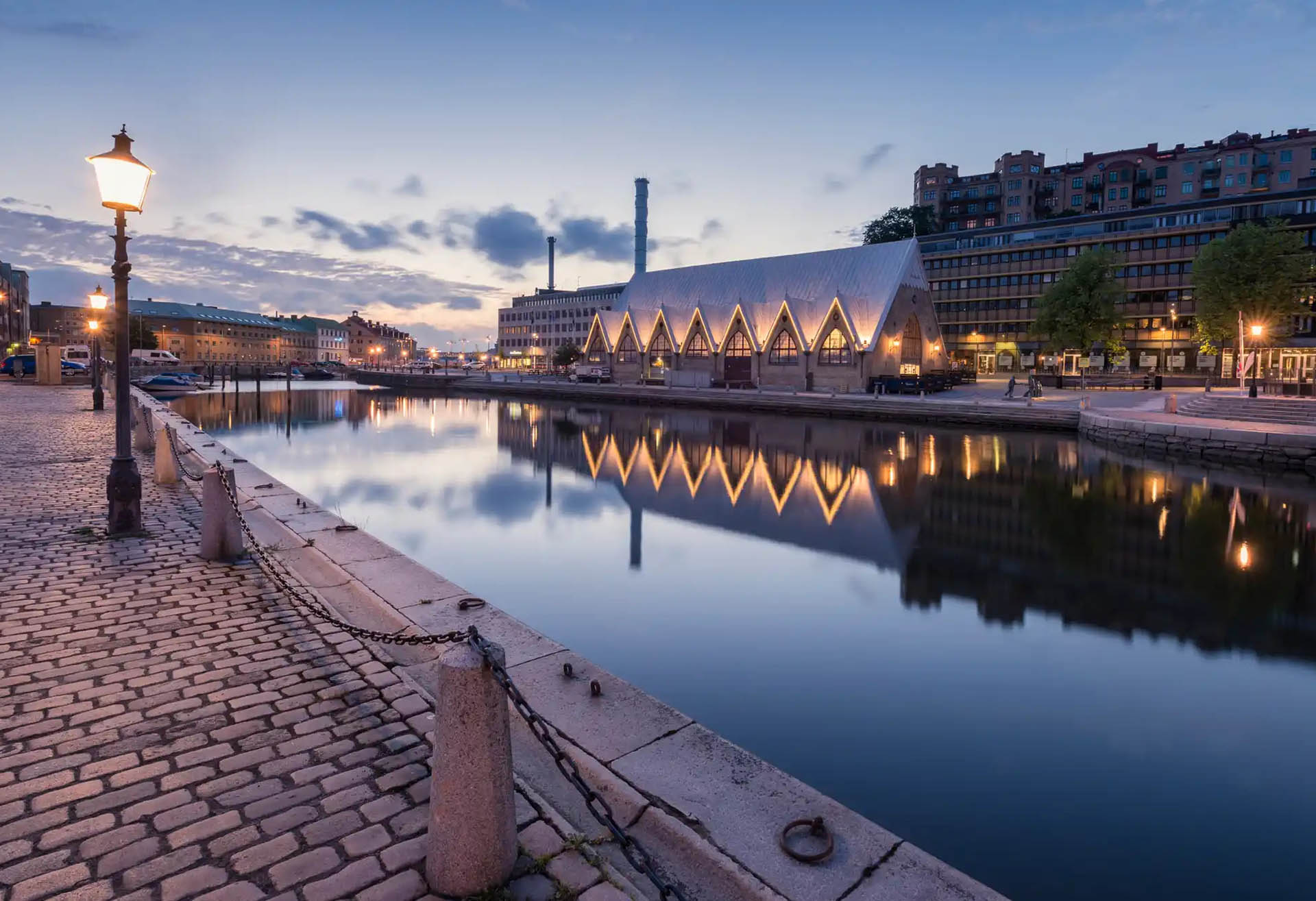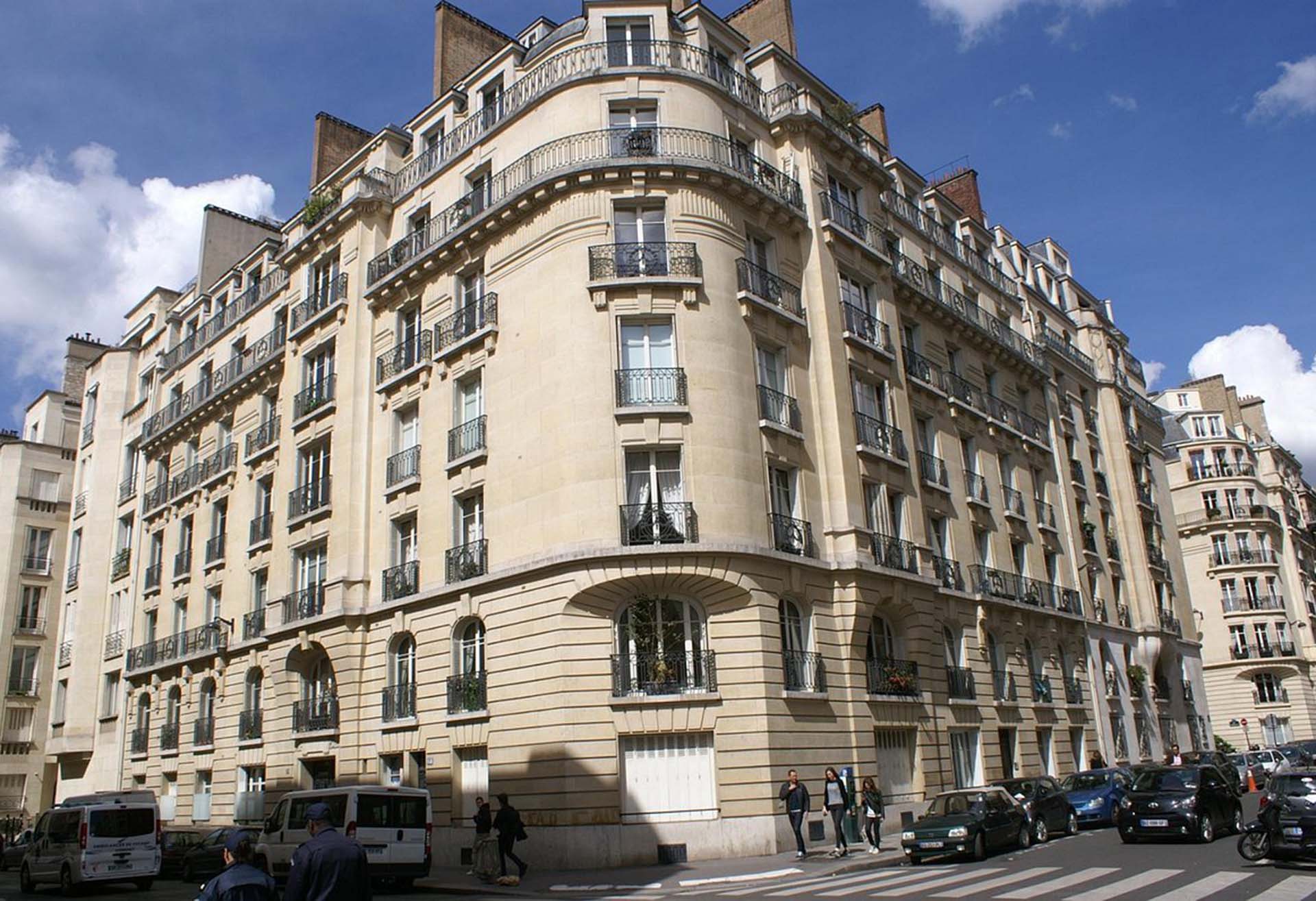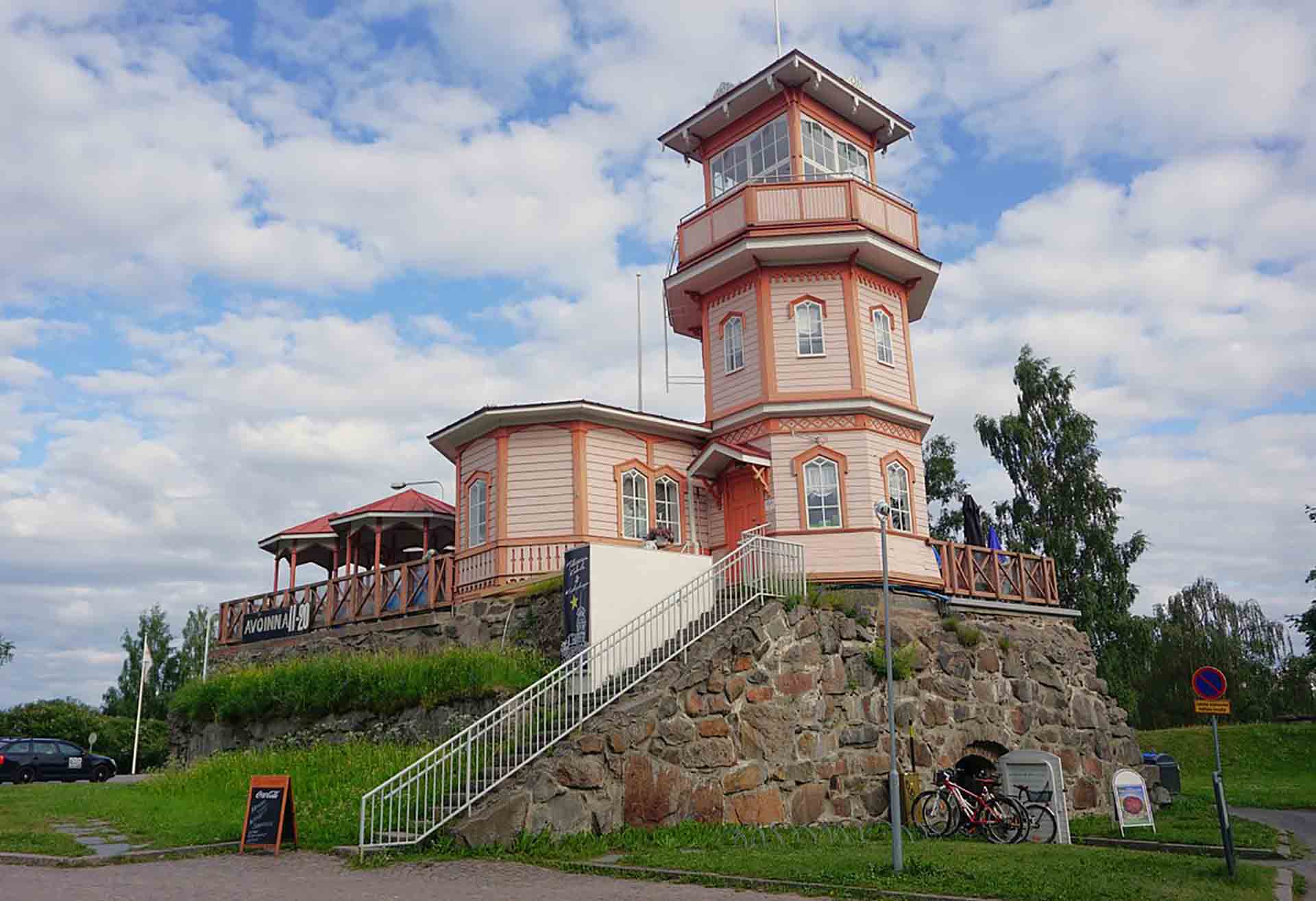Nestled within the enchanting neighborhood of Montmartre in Paris lies a hidden gem, a verdant sanctuary teeming with history and natural splendor. The picturesque Square Marcel-Bleustein-Blanchet, also known as Square de la Turlure, unveils a tapestry of stories woven into its tranquil landscapes, inviting visitors into a realm where time seems to stand still.
Unveiling a Charming Haven
Gazing out from the Sacré-Coeur in Montmartre, I discovered one of my favorite vistas—a captivating scene that led me to the Square de la Turlure. The sheer beauty of this charming garden, steeped in history and nestled in the 18th arrondissement, Paris, captivated my senses.
A Historic Narrative
The Square Marcel-Bleustein-Blanchet is not merely a tranquil green space but a living testament to a captivating historical narrative. Named in honor of Marcel Bleustein-Blanchet, a figure synonymous with French entrepreneurship and the visionary behind a prestigious advertising agency, this square resonates with his legacy. Its inception, tracing its origins to the mid-20th century, unveils a profound transformation from a former quarry into the lush oasis that stands today.
My personal journey into this verdant haven was a harmonious blend of exploration and introspection. As I stepped into the square, a serene aura enveloped me, drawing me into its embrace. The remnants of its quarry past were subtly interwoven with the vibrant foliage and carefully manicured landscapes, offering a visual contrast that echoed the transformation this space had undergone.
Walking through the pathways, I felt a sense of reverence for the history held within these grounds. The resonance of the past, juxtaposed against the tranquility of the present, evoked a profound appreciation for the intricate balance between preservation and evolution. Each step I took seemed to echo with the footsteps of time, whispering stories of metamorphosis and renewal.
Engulfed by the lush greenery, I found myself marveling at the sheer dedication and vision that had sculpted this oasis from its quarry origins. The sight of nature reclaiming what was once hewn stone spoke volumes about the resilience and adaptability of the environment—a testament to the innate ability of life to flourish even in the most unlikely of places.
Amidst the serene landscapes, I found solace in moments of quiet contemplation. It was a space that invited introspection, prompting me to reflect on the essence of legacy and the impact of visionary endeavors. The juxtaposition of the bustling cityscape just beyond the square’s borders against this haven of tranquility offered a stark yet harmonious contrast—a reminder of the importance of preserving such green sanctuaries amidst urban developments.
As I navigated through this living canvas of history and nature, I couldn’t help but feel a sense of gratitude for the preservation efforts that had allowed this space to thrive. The melding of past and present, the transformation from quarry to sanctuary, left an indelible impression—a testament to the enduring spirit of preservation and the beauty that arises from the harmony between human innovation and natural evolution.
The Enchanting Landscape
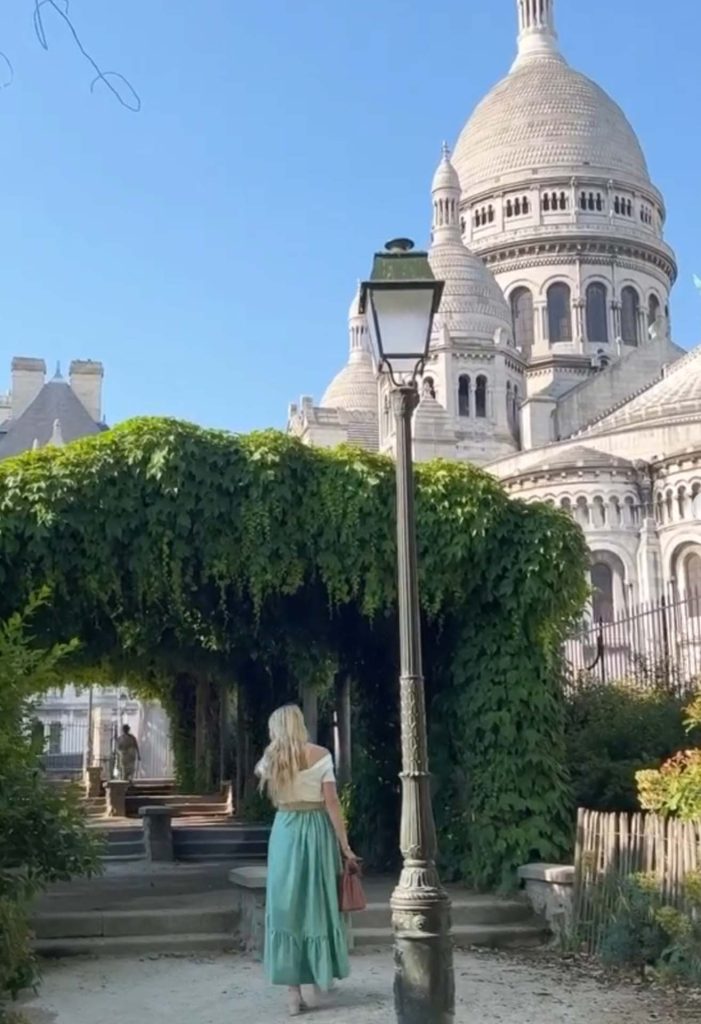

As I strolled along the pathways of Square Marcel-Bleustein-Blanchet, I found myself immersed in a sensory delight that transcended the mere visual beauty. The symphony of colors and scents that greeted me was nothing short of mesmerizing. The garden, meticulously curated with vibrant flora and lush greenery, seemed to have a soul of its own—an oasis of tranquility amidst the vibrant pulse of Paris.
The colors seemed to dance harmoniously, painting a canvas of serenity that contrasted vividly with the hustle and bustle just beyond the square’s boundaries. Each flower, each blade of grass, spoke a silent language of beauty that resonated with my soul, inviting me to pause and soak in the splendor.
The fragrant embrace of blooming flowers wafted through the air, creating an olfactory symphony that was both soothing and invigorating. It was as if nature itself had orchestrated a melody of scents, seamlessly blending floral notes with the earthy fragrance of foliage. The gentle rustle of leaves, carried by a soft breeze, added a melodic undertone to this enchanting composition, lulling me into a state of calm introspection.
Surrounded by such tranquility, I felt a sense of detachment from the bustling cityscape just beyond the garden’s edges. It was a moment of respite, a sanctuary where time seemed to stand still—a space where the cacophony of urban life faded into the background, allowing me to become one with the serene ambiance of nature.
In this haven of greenery, my thoughts took flight, unhindered by the noise of the outside world. It was a canvas for contemplation, a sanctuary where I could retreat into my inner world and find solace amidst the vibrant tapestry of colors and scents. Each step I took felt like a meditation, a mindful immersion in the present moment, allowing me to appreciate the beauty that surrounds us and often goes unnoticed in the whirlwind of daily life.
As I embraced the tranquility of Square Marcel-Bleustein-Blanchet, I couldn’t help but feel a profound gratitude for these moments of serenity amidst the urban chaos. It was a reminder of the healing power of nature and the importance of pausing, breathing, and finding solace in the simple yet profound beauty that surrounds us.
Tales Woven into the Scenery
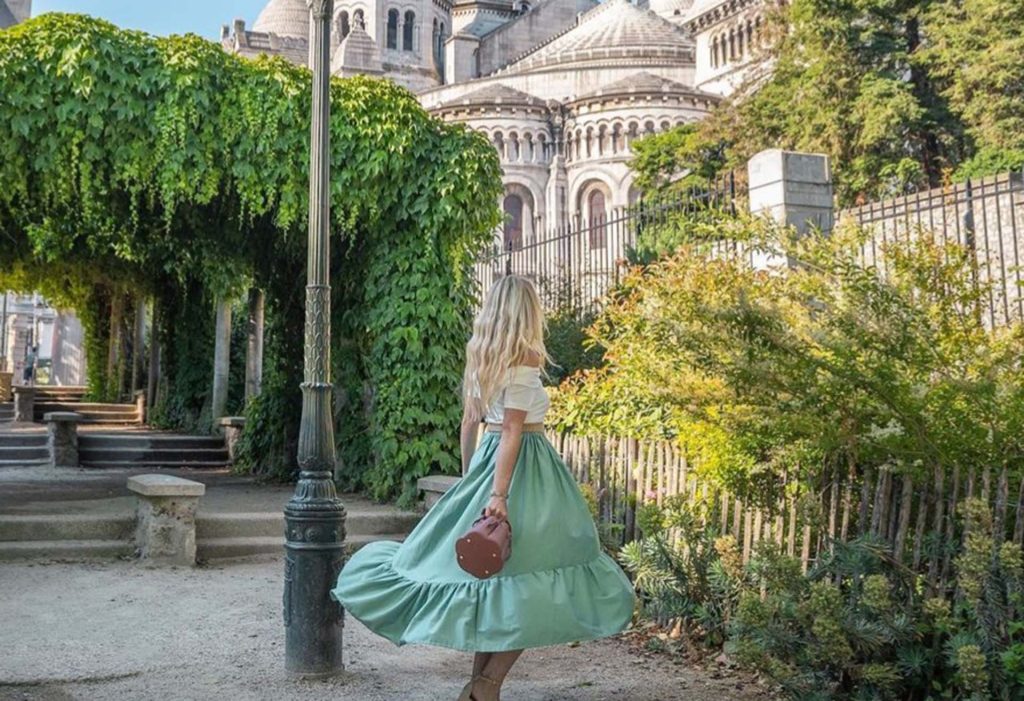
Every nook and cranny of the captivating Square Marcel-Bleustein-Blanchet echoed tales of its bygone days, each whispering remnants of its rich history. The stone remnants meticulously preserved within this tranquil haven served as silent yet profound witnesses to the remarkable metamorphosis this space had undergone. They stood as poignant remnants of the square’s former identity—a once-thriving quarry that bore witness to relentless toil and transformation.
The integration of these carefully conserved stone remnants within the verdant landscapes was more than just an aesthetic choice; it was a deliberate homage to the square’s historical roots. These weathered stones, bearing the marks of time and labor, symbolized resilience and adaptation. They were not mere relics but rather conduits that bridged the gap between the past and the present—a visual testament to the evolution of this space from an industrial site to an oasis of tranquility.
The deliberate preservation of these remnants was a nod to the significance of acknowledging and honoring the heritage ingrained within these grounds. It was a conscious effort to weave the threads of history into the tapestry of the present, creating an immersive experience where visitors could traverse the pathways of time as they traversed the pathways of the square.
This amalgamation of history and nature was more than just a juxtaposition; it was a harmonious coexistence—a symbiotic relationship where the remnants of the past seamlessly coalesced with the vibrant greenery. It was a reminder that while time marches forward, the echoes of the past persist, enriching the present and shaping the future.
The intentional integration of these stone remnants also served as an educational narrative, inviting visitors to delve into the narrative of the square’s evolution. It encouraged a deeper appreciation for the meticulous efforts undertaken to preserve the historical essence while embracing the serenity of nature—a delicate balance between conservation and transformation.
In essence, the presence of these remnants within the Square Marcel-Bleustein-Blanchet was a deliberate choice—a homage to history, a celebration of resilience, and a poignant reminder that within the folds of time, the past, present, and future converge in a harmonious continuum.
Practical Details
- Ticket Reservation: Entry to Square Marcel-Bleustein-Blanchet is free, welcoming visitors to explore its verdant beauty without any admission charge.
- Operating Hours: The square generally follows standard daylight hours, but as with many public gardens, the timings might vary slightly throughout the year. It’s recommended to visit during the daytime to fully appreciate the garden’s beauty.
Closing Thoughts
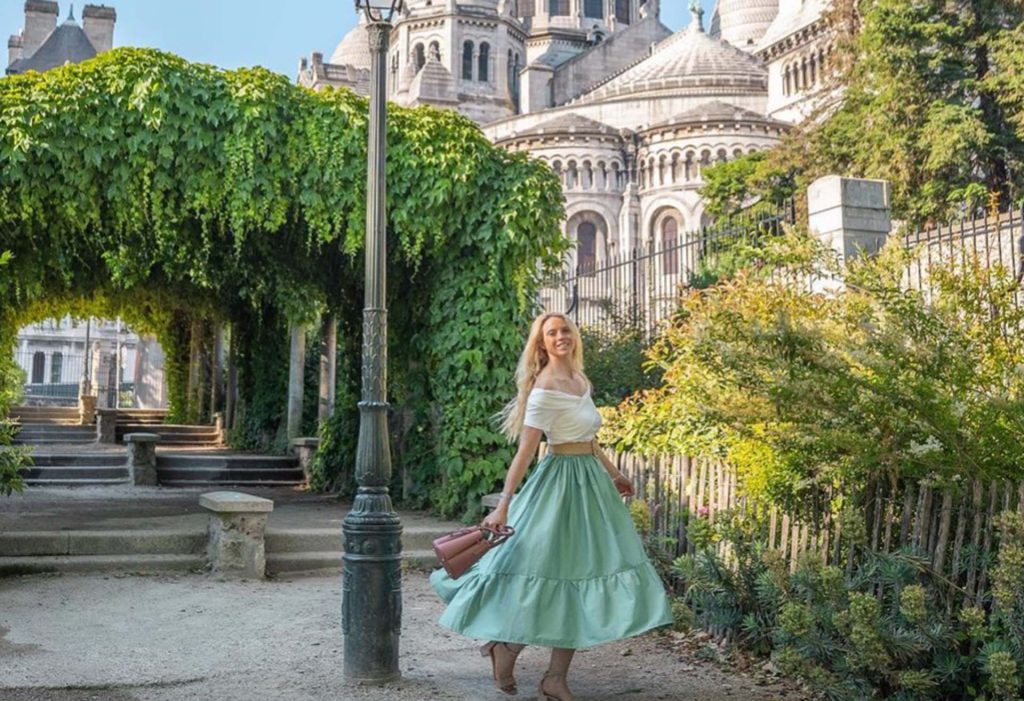
The Square Marcel-Bleustein-Blanchet transcends mere categorization as a garden; it is an immersive journey that beckons exploration and contemplation. Nestled within its verdant embrace lies a convergence of history, nature’s splendor, and a sanctuary of tranquility—a tribute to Marcel Bleustein-Blanchet’s enduring legacy and a respite from the bustling streets of Montmartre. My venture into this hidden gem etched an indelible mark, a testament to the timeless allure and captivating charm held within the heart of Paris.
As I traversed the pathways of the square, a sense of enchantment enveloped me, drawing me deeper into its serene ambiance. The vibrant hues of meticulously tended flora greeted me at every turn, painting a vivid tapestry of colors that seemed to dance in harmony with the gentle breeze. It was a spectacle that transcended the ordinary—a canvas alive with the symphony of nature’s palette, evoking a sense of wonder and awe.
But beyond its visual splendor, it was the palpable tranquility that left an enduring impact on my senses. Amidst the vibrant foliage, the world beyond the square faded into a distant murmur. The serenity of the surroundings cocooned me, offering a moment of respite—a sanctuary where time seemed to slow, allowing me to revel in the embrace of nature’s quietude.
The subtle whispers of history echoed through the preserved stone remnants, remnants that once stood as witnesses to the square’s evolution. They spoke volumes of the transformative journey from an abandoned quarry to this verdant haven—a testament to human endeavor and nature’s resilience. Each stone seemed to carry within it a story of toil and transformation, a silent narrative etched into the very fabric of the square.
It was a journey of contemplation—a chance to ponder the harmony between the echoes of the past and the serenity of the present. The seamless blend of historical remnants and vibrant greenery offered a tangible reminder of the interconnectedness between heritage and the evolving landscapes of urban spaces.
Leaving the square, I carried with me more than just memories; I carried a renewed appreciation for the symbiosis between history and nature, between tranquility and urban vibrancy. The Square Marcel-Bleustein-Blanchet had not only been a visual spectacle but a sanctuary that left an imprint—a testament to the enduring allure hidden within the bustling heart of Paris.
